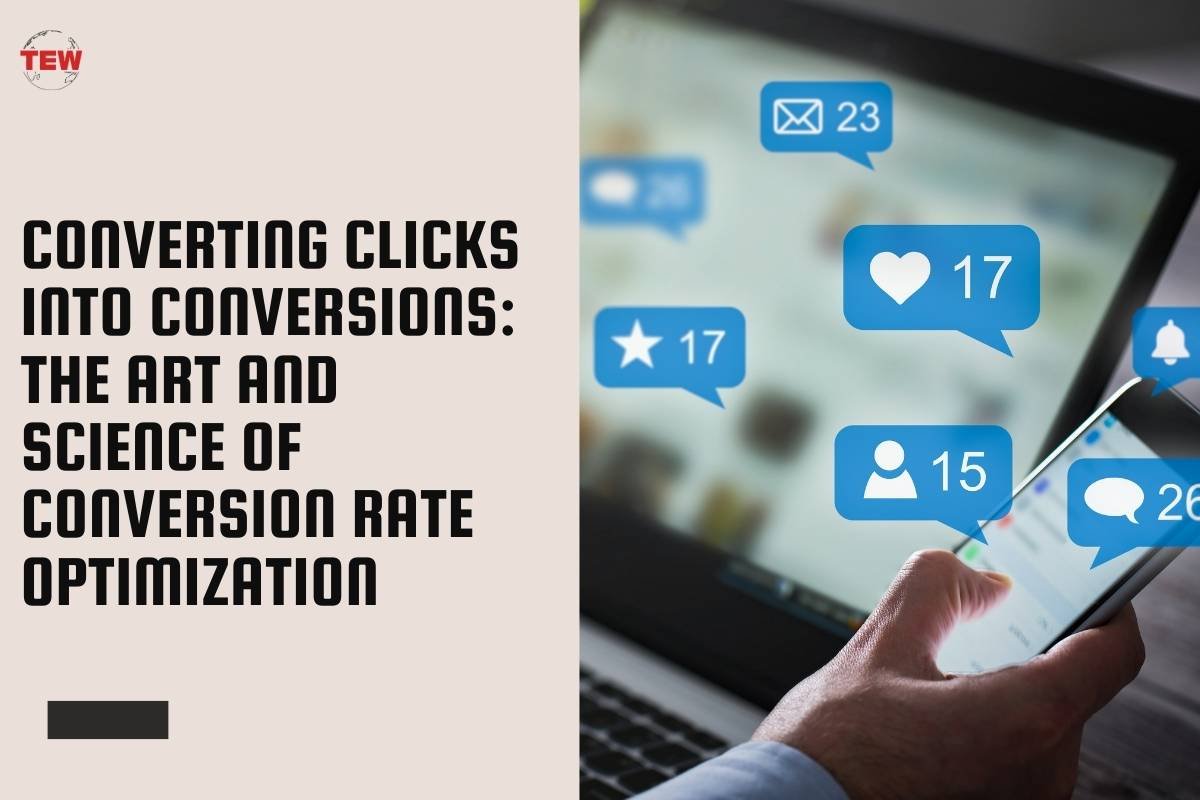In today’s digital era, establishing a robust online presence is crucial for businesses, often emphasizing the generation of website traffic across multiple channels. Yet, drawing visitors to your site isn’t the endpoint; the true objective lies in transforming those clicks into tangible actions—be it completing a purchase, subscribing to a newsletter, or submitting a contact form. This practice of converting website visitors into customers or leads is termed Conversion Rate Optimization (CRO), and representing a pivotal component within any effective digital marketing approach.
Understanding Conversion Rate Optimization
Conversion Rate Optimization (CRO) involves methodically refining your website or landing page to elevate the proportion of visitors who undertake the intended action. This action may differ based on your business goals, spanning from finalizing a purchase to submitting a form or subscribing to a service. You can optimize your website through conversion optimization to heighten the return on your marketing endeavors and spur business expansion.
Key Components of CRO

Effective Conversion Rate Optimization involves a combination of data analysis, user experience (UX) design, and continuous testing. It’s a tricky process to get right, so working with an expert company like Data Led can help in the long term. Here are some key components of a successful CRO strategy.
- Data Analysis: Start by collecting and analyzing data about your website visitors’ behavior using tools like Google Analytics. Identify trends, patterns, and areas for improvement to inform your optimization efforts.
- User Experience (UX) Design: Enhance the user experience of your website by optimizing navigation, layout, and content. Ensure that your website is visually grabbing, easy to navigate, and provides clear calls-to-action (CTAs) to guide visitors towards conversion.
- A/B Testing: Conduct A/B tests to compare different versions of your site or landing page and establish which one performs better in terms of conversion rate. Test elements such as headlines, images, CTAs, and page layouts to identify the most effective variations.
- Conversion Funnel Optimization: Analyze your conversion funnel to identify any bottlenecks or barriers that may be preventing visitors from completing the desired action. Streamline the conversion process by removing redundant steps and optimizing each stage of the funnel.
- Mobile Optimization: As the number of users accessing websites via mobile devices continues to rise, it’s imperative to ensure that your website is tailored for mobile responsiveness. A seamless mobile experience can significantly impact conversion rates.
Benefits of Conversion Rate Optimization

Implementing a robust CRO strategy offers several benefits for businesses:
- Increased Conversions: By optimizing your site for conversions, you can increase the percentage of visitors who take the desired action, whether it’s making a purchase or filling out a form.
- Improved ROI: CRO allows you to maximize the return on your marketing investment by converting more of your existing website traffic into customers or leads.
- Better User Experience: A well-optimized website provides visitors with a seamless and intuitive experience, leading to higher satisfaction and repeat visits.
- Data-Driven Decision Making: CRO relies on data and analytics to inform optimization efforts, enabling you to make informed decisions based on real-time insights.
- Competitive Advantage: Businesses that prioritize CRO gain a competitive edge by continually improving their website’s performance and staying ahead of the competition.
Conclusion
Converting clicks into conversions is essential for driving business growth and maximizing the effectiveness of your digital marketing efforts. By implementing a robust Conversion Rate Optimization strategy, businesses can improve their website’s performance, increase conversions, and ultimately achieve their business objectives. With a focus on data analysis, user experience design, and continuous testing, businesses can unlock the full potential of their site and capitalize on every click to drive meaningful results.




